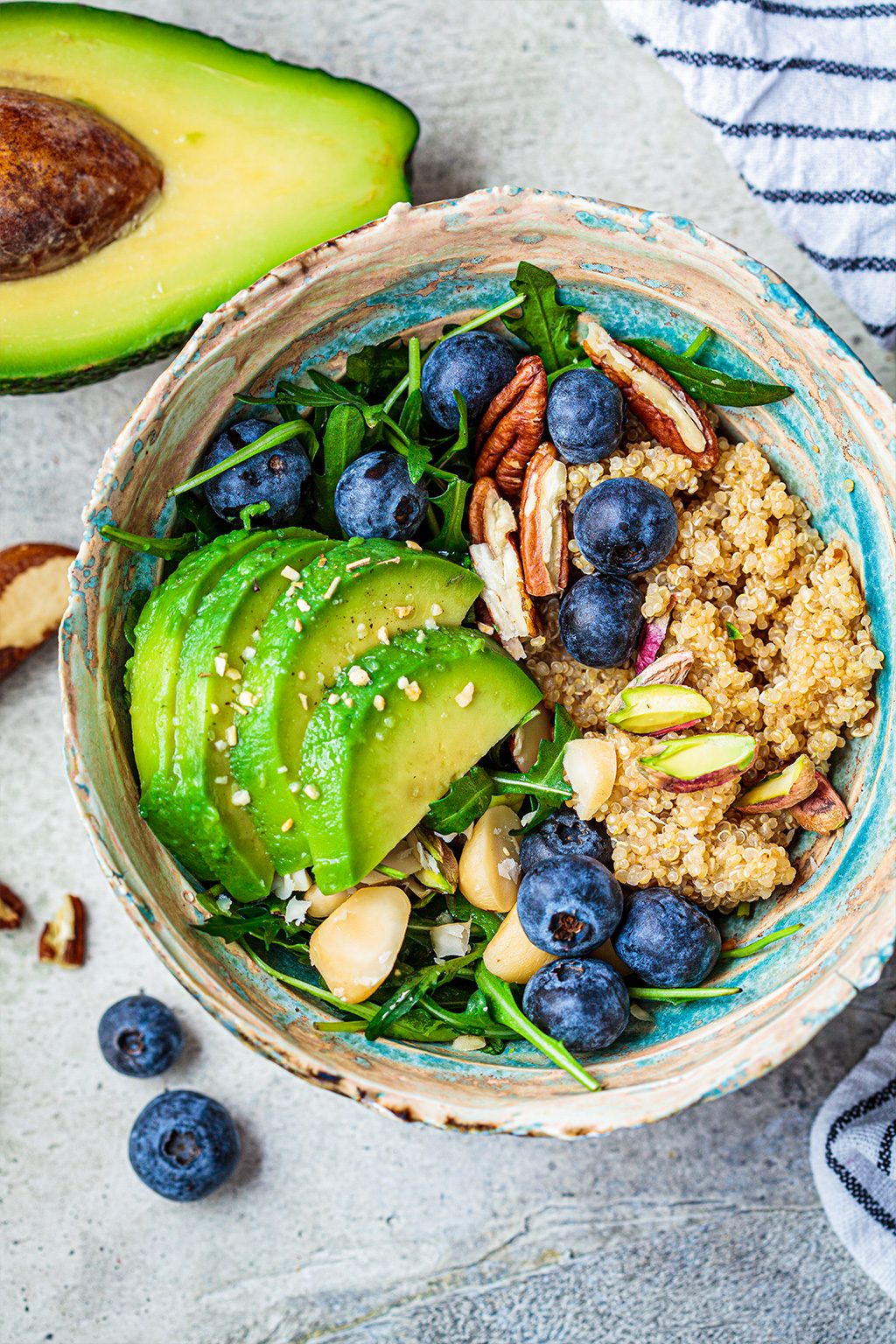A measuring cup is a cup that is primarily used to measure the volume of liquids such as water, oil, milk, etc., or to measure powdered substances, like flour, sugar, washing powder, etc. Generally, there are two types of measuring cups:
- Dry measuring cups (used for measuring powders)
- Liquid measuring cups (used for measuring liquids)
What Can I Use to Measure a Cup?
A measuring cup usually has scale markings at different heights and the substance being measured is added to the cup until it reaches the desired level. Generally measuring cups can be measured in pints and fluid ounces. Observe the measuring cups shown below which are used to measure dry ingredients and liquid ingredients.
It should be noted that we can also measure the cups in terms of tablespoons and teaspoons. The following table shows the measuring equivalents for cups, tablespoons and teaspoons.
| Cup | Tablespoons | Teaspoons |
|---|---|---|
| 1 cup | 16 tbsp | 48 tsp |
| 3/4 cup | 12 tbsp | 36 tsp |
| 1/2 cup | 8 tbsp | 24 tsp |
| 1/4 cup | 4 tbsp | 12 tsp |
| 1/8 cup | 2 tbsp | 6 tsp |
How Can I Measure 3/4 Cup?
Generally, it is difficult to measure 3/4 cup because 3/4th of a cup is not a common measurement cup in the measuring sets. Measuring cups are available in a standard set of four sizes: 1 cup, 1/2 cup, 1/3 cup, and 1/4 cup. If we want to measure 3/4th cup, we can add 1/4th of the cup three times to get 3/4 cup, i.e., we can say that 3/4 cup is 3 times of 1/4th of a cup. That is 1/4 + 1/4 + 1/4 = 3/4.
How Can I Measure a Cup of Water Without a Measuring Cup?
A cup of water can be measured even without a measuring cup. We can use any object as a reference point. It can be useful to have some visual aids in our mind as a reference for the exact quantity. Here are some examples that are usually taken for reference when we do not have the standard measuring cups or equipment.
- A teaspoon is about the size of the tip of our finger from the joint.
- A tablespoon is about the size of an ice cube.
- 1/4 cup is about the size of a large egg.
- 1/2 cup is about the size of a tennis ball.
- A full cup is about the size of a baseball, an apple, etc.
In the case of measuring liquids, when we do not have a measuring cup, we use other equivalent measurements like pints and fluid ounces. Here is the equivalent measure of a cup in pints in ounces.
| Cup | Pint | ml |
|---|---|---|
| 1 cup | 1/2 pt | 8 |
The equivalent measurements for a measuring cup (in millilitres) is shown in the following table.
| Cup | ml |
|---|---|
| 1/4 cup | 60 ml |
| 1/3 cup | 70 ml |
| 1/2 cup | 125 ml |
| 2/3 cup | 150 ml |
| 3/4 cup | 175 ml |
| 1 cup | 250 ml |
Facts and Examples on Measuring Cups
Read the following facts related to a measuring cup:
- If we measure all ingredients using one cup, we can observe that every cup weighs differently according to the density of the material.
- While cooking and baking, various sizes of measuring cups and measuring spoons are needed. However, there is no standard size requirement throughout the culinary industry.
- Remember the difference in liquid measures when converting recipes from British to the U.S. or vice versa.
Important Notes
Dry ingredients like flour, sugar, semolina, powdered spices, etc., are measured in grams. We can convert one cup into grams. For example, the weight of whole wheat flour from the cup weight in grams is approximately equal to 120 grams.
1 liter is equal to 1000 milliliters, 0.264 gallon, 1.0566 quarts, 2.1133 pint and 1 kilogram.
If we measure exactly one cup, the substance should be filled up to its brim, neither below nor above the brim.
Remember that humidity can be a factor when measuring dry ingredients; they may weigh differently. As per the measuring standards, the quantity in 1 tablespoon is equal to 3 teaspoons.




